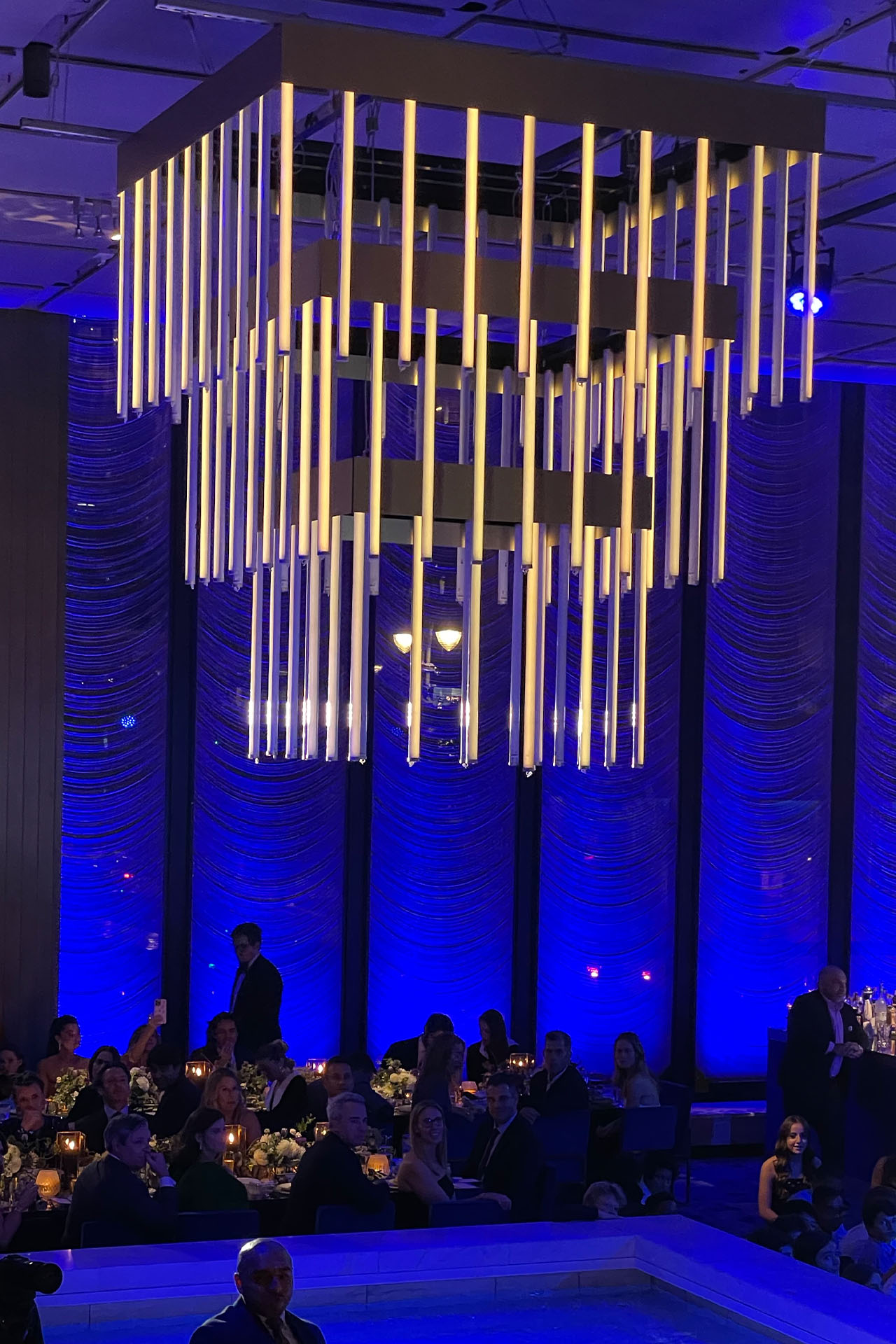Exploring the Advantages and Drawbacks of Fixed Framework and Portable Projection Screensets for Every Viewing Occasion
Exploring the Advantages and Drawbacks of Fixed Framework and Portable Projection Screensets for Every Viewing Occasion
Blog Article
As it comes to enjoying movies, presentations, or video games, the type of projection screen used can greatly influence the viewing encounter. Two common options are stationary screens and mobile projection screens. Both kind has its unique collection of benefits and drawbacks that can influence which option is most suitable for a particular scenario. Understanding these distinctions can help individuals and entities make informed choices about their viewing arrangements.
Fixed frame projecting displays are designed to be permanently installed in a specific location. One of the main benefits of stationary screens is their capability to provide a smooth, flat area for projecting images. This flatness ensures that the image clarity is crisp and clear, which is especially important for HD material. Additionally, fixed frame screens often come with a black border that enhances contrast and causes the projected picture stand out more. This type of display is perfect for residential theaters or dedicated presentation spaces where the configuration will not alter often.
Conversely, portable projection screens provide versatility and ease of use. These displays can be readily assembled and dismantled, making them ideal for occasions that demand movement, such as meetings, educational settings, or outdoor movie screenings. Mobile displays are available in multiple dimensions and designs, including stand and collapsible options, allowing users to choose one that fits their needs. The capability to move these displays renders them a favored choice for people who need to present in different locations or for those who do not have a dedicated space for a fixed display.
However, there are some limitations to each types of screens. Fixed frame screens can be more costly and require professional installation, which may not be feasible for all. Additionally, after mounted, they cannot be relocated with ease, restricting their use to one location. In contrast, portable screens may not offer the equivalent level of image quality as stationary displays. They can occasionally have creases or bends that impact the display, especially if they are not set up correctly. This can be a worry for those custom printed projection screens who value image clarity over convenience.
An additional consideration to take into account is the area accessible for the screen. Stationary displays need a specific space with enough wall space and suitable lighting conditions to enhance the watching encounter. This can be a limitation for those living in smaller houses or flats. Mobile screens, however, can be used in various environments, from large auditoriums to cozy sitting areas. This flexibility makes them a sensible choice for many individuals, particularly those who may not have a permanent setup.
In conclusion, each fixed frame and portable projection displays have their distinct benefits and challenges. Fixed frame screens shine in providing high-quality images and a professional look, making them suitable for dedicated viewing areas. Conversely, mobile screens offer flexibility and convenience, making them perfect for on-the-go presentations and occasions. By considering the advantages and disadvantages of both kind, individuals and organizations can choose the projecting display that best fits their particular requirements and enhances their viewing encounter.